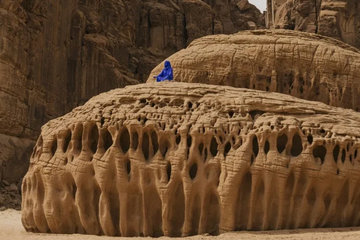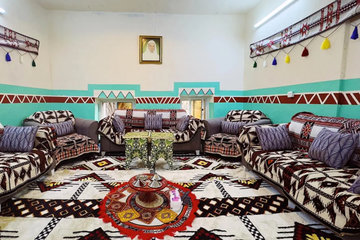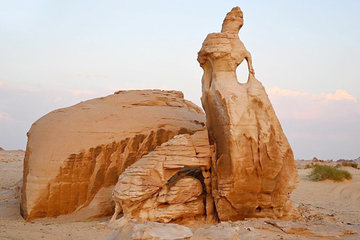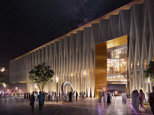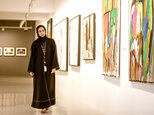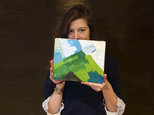
Saudi Arabia is home to the majority of Islam’s renowned sites, bringing pilgrims from every corner of the earth to the Kingdom as they journey closer to their faith. One such site that holds significant importance is Quba Mosque, a central part of Saudi Arabia’s history and often referred to as the world's first modern mosque to be built.
Presently, Quba is one of two landmark mosques located in Medina, with the other being the Mosque of the Prophet. According to the teachings of Prophet Muhammad, or the "Sunnah," doing ablution at home, and then offering optional prayer at the Quba Mosque is equivalent to performing an Umrah.
Situated in what is now modern-day Medina, the original structure was built during the time of Prophet Muhammad having just arrived with Abu Bakr to the village of Quba, which the mosque is named after. What would essentially become the community mosque, Quba Mosque's foundation was established where the prophet's camel lied, followed by Prophet Muhammad laying down the first bricks.
Quba Mosque served as an important venue for Friday sermons during this time period. Historically, it was also known to have had two different "qibla," or directions of prayer. One of the qibla faced towards Jerusalem, which was the original direction of prayer in Islam, and the other facing Mecca reflecting the change. Presently, only the latter is kept.

The mosque underwent several renovations and expansions throughout the centuries, carried out by the companions of Prophet Muhammad, the leadership of Ottoman Sultan Abdul Majid, and as recently as 1984 under King Fahd bin Abdulaziz's leadership. The mosque is now under the care of the Kingdom's Ministry of Hajj Affairs.
The mosque's modern design is a result of architectural proposals by Abdel-Wahed El-Wakil and Mahmoud Bodo Rasch. This resulted in adding dome structures, a prayer courtyard with marble flooring, expanding the number of minarets from one to four, increased capacity of over 20,000 worshippers, and accommodation for the staff. This was achieved with harmonious blending with classic Medinan design.

